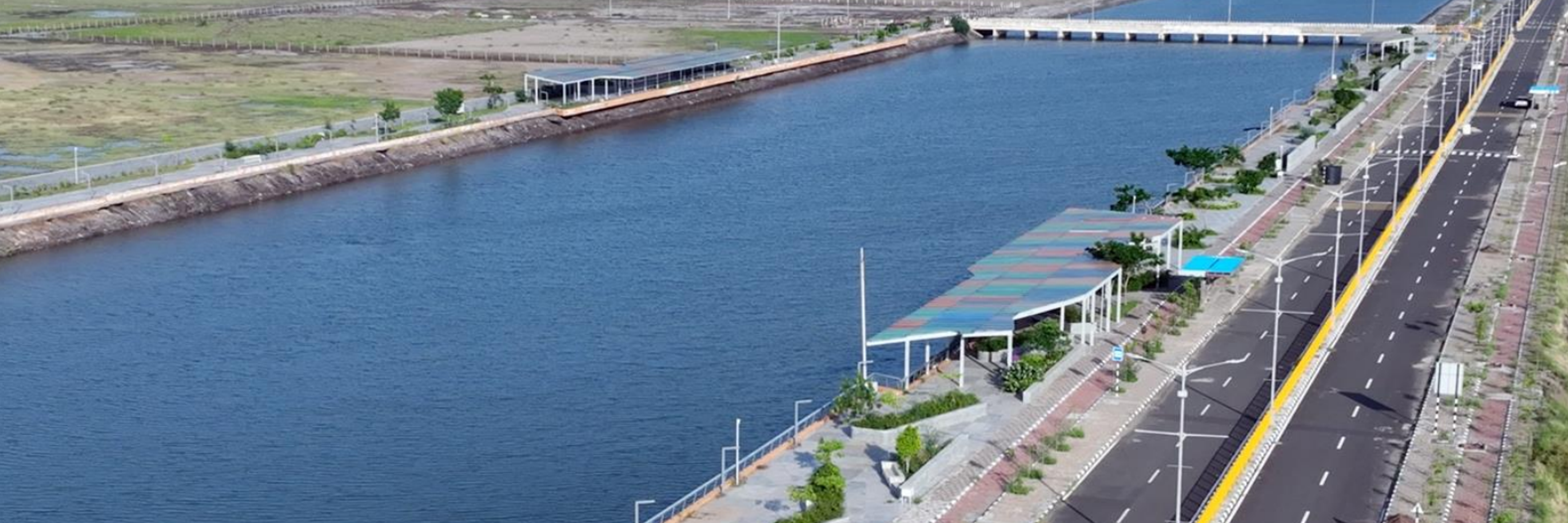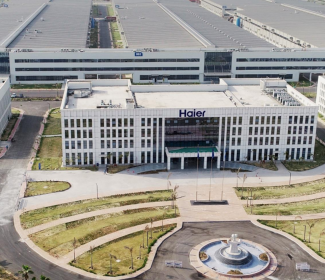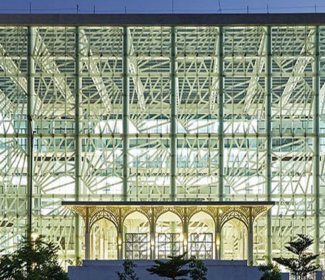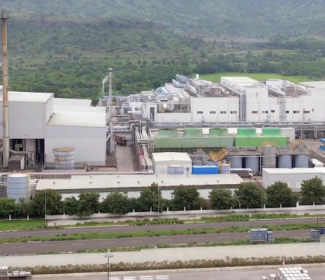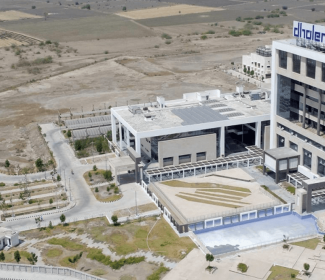Led by Prime Minister Narendra Modi, the Cabinet Committee on Economic Affairs has recently approved the development plan for 12 new smart industrial cities.
Under the National Industrial Corridor Development Programme (NICDP), with a major investment of ₹28,602 crore, this is certainly a major reason for businesses and citizens to look forward to as these projects aim to catalyze the nation’s manufacturing potential.
Resultingly, going ahead, establishing India as a premier destination for both domestic and foreign investments with a potential of ₹1.5 lakh crore and generating almost 10 lakh direct jobs and 30 lakh indirect jobs.
Keeping in sight the international best practices and infrastructure in countries like Japan, South Korea, Indonesia, Vietnam, China, Singapore and Taiwan, the Modi government is clearly sending out a message to the world, merging ‘ease’ with ‘speed’ of doing business.
Union Minister of Commerce and Industry Piyush Goyal feels that on par with PM Gati Shakti, the dozen of smart cities under NICDP will form a “necklace“ of industrial hubs across the country, strategically placed along the Golden Quadrilateral of Delhi, Mumbai, Kolkata and Chennai.
From challenges to solutions
Imagine a scenario where a business invests in India at an industrial location and it aims to build a hi-tech machinery. However, there are regulations, land, electricity, logistics and multiple such touchpoints to address.
In such a scenario and in a highly competitive business environment, if a business has to deal with challenges following lack of coordination among departments, states and delayed approvals, can one imagine the state of affairs?
Before 2014, the experiences for businesses and investors were dismal. However, solutions have been implemented across all projects and plans of ministries under the visionary leadership of PM Modi.
To streamline logistics and infrastructure, PM Gati Shakti brings 16 ministries, including railways and roadways, together. This integrates planning and coordinated implementation of infrastructure connectivity projects. In the process, the challenges faced in developing industrial corridors have been addressed.
The NICDC, formerly known as Delhi Mumbai Industrial Corridor Development Corporation Limited (DMICDC), which was incorporated in 2008, has been redesignated as the National Industrial Corridor Development and Implementation Trust (NICDIT) with expansion of scope.
For coordinated and unified development, all the existing and new industrial corridors were brought under NICDIT, which is administratively controlled by the Union Ministry of Commerce and Industry’s Department for Promotion of Industry and Internal Trade (DPIIT). Eventually, it had a pan-India coverage, taking total number of approved corridors to 11.
“India’s smart industrial cities represent the future of global manufacturing — harnessing innovation, technology and a green approach to build a strong, self-reliant economy,” says Ananthanarayanan Shanmugam, Senior Vice President & Chief Facilitation and Government Relations Officer (State Facilitation) at Invest India.
A smooth ride to success
The NICDP is the backbone to the development of new industrial smart cities. Supporting the NICDP is PM Gati Shakti, which is an overarching infrastructure plan that aims to create an integrated, multimodal transportation network.
This initiative has been connecting roads, railways, ports and airports across India and ensuring industries can move their goods more efficiently and seamlessly.
A simple analogy: The synergy between NICDP and PM Gati Shakti is much like passengers on a high-speed train riding on a well-maintained track. While NICDP serves as the powerful, cutting-edge train facilitating the industrial corridors and infrastructure, PM Gati Shakti acts as the smooth track, ensuring the journey is free of bumps and halts.
This collaboration allows businesses to operate more efficiently with faster project execution, minimizes obstacles like reduced costs and logistical delays and opens access to new markets globally. These make the entire journey smoother, faster and more profitable to investors and businesses, ultimately benefiting the nation.
“PM Gati Shakti and NICDP are gamechangers. The combination brings faster approvals, better infrastructure and greater ease-of-doing-business to ensure India is the top destination for global investments. By focusing on seamless infrastructure and connectivity, we are making sure that investors find India a hassle-free and attractive place to do business,” says Shanmugam.
Location efficiency
In a complete ecosystem of smart industrial cities connected to a network of highways, ports and logistical facilities, the locations are decided utilizing the following:
- Perspective planning and analysis
- Identification: Develop perspective plans for each industrial corridor, focusing on land parcels within a 150-km influence zone
- Assessment: Map existing economic, social and infrastructure characteristics. Compare business-as-usual (BAU) and business-induced scenarios (BIS) to identify infrastructure gaps in roads, railways, ports, airports, power, gas and telecom sectors
- Project identification
- Categories: Identify two project types:
- Industrial area projects: Develop industrial zones
- Non-node corridor enabling projects: Enhance last-mile connectivity with infrastructure like roads, water canals, gas pipelines and logistics hubs
- Categories: Identify two project types:
- Site suitability and planning
- Analysis: Conduct detailed site assessments based on land contiguity, multimodal connectivity, market demand and private sector investment
- Consultation: Engage with states and stakeholders to ensure local alignment
- Master planning and public engagement
- Development: Proceed with master planning and project development for selected sites
- Community involvement: Maintain ongoing engagement with local authorities and communities
Necklace of industrial hubs
Existing 11 industrial corridors: 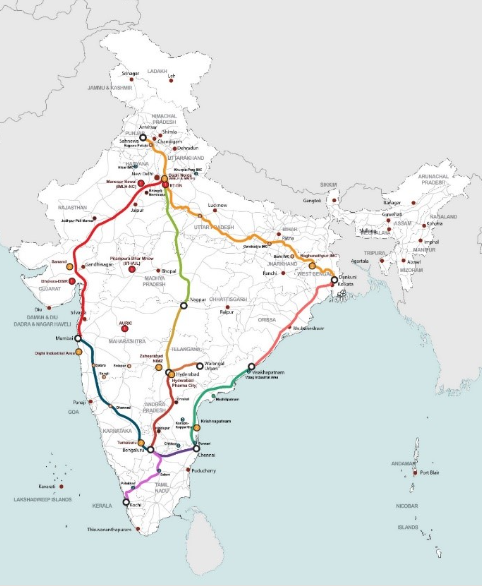
- Delhi-Mumbai Industrial Corridor (DMIC)
- Amritsar-Kolkata Industrial Corridor (AKIC)
- Bengaluru-Mumbai Industrial Corridor (BMIC)
- Chennai-Bengaluru Industrial Corridor (CBIC)
- Vizag-Chennai Industrial Corridor (VCIC)
- Odisha Economic Corridor (OEC)
- Hyderabad-Nagpur Industrial Corridor (HNIC)
- Hyderabad-Warangal Industrial Corridor (HWIC)
- Hyderabad-Bengaluru Industrial Corridor (HBIC)
- Delhi-Nagpur Industrial Corridor (DNIC)
- Extension of CBIC to Kochi and Coimbatore
Mega 12 new smart industrial cities
The sites for the proposed 12 projects have been selected based on multifactor analysis and categorized on the six principles of PM Gati Shakti: integrated development, multimodal infrastructure, last-mile connectivity, expedited land acquisition, minimized clearances and reduced ecological impact.
Six projects under AKIC
- Focus: Establish integrated manufacturing clusters to promote planned industrialization in densely populated agrarian corridor with 40% India’s population and 27% GDP
- Locations:
- Uttar Pradesh: Agra and Prayagraj
- Bihar: Gaya
- Uttarakhand: Khurpia
- Punjab: Rajpura in Patiala
Two projects under DMIC
- Focus: Develop industrial zones in less industrialized regions and enhance port infrastructure to boost logistical efficiency
- Locations:
- Rajasthan: Jodhpur-Pali-Marwar region
- Maharashtra: Near Dighi Port, planned as a port city
Two projects in Andhra Pradesh
- Focus: Improve connectivity between major industrial hubs and enhance coastal and central region logistics
- Locations:
- VCIC: A coastal corridor connecting Chennai with ports at Krishnapatnam and Vizag
- HBIC: The central region corridor linking Hyderabad and Bengaluru
Two projects in other states
- Focus: Address hinterland connectivity issues and link major ports to industrial zones
- Locations:
- Telangana: HNIC, connecting central India to major seaports and industrial areas
- Kerala: CBIC extension along NH544, linking Kochi Port to Bengaluru via Coimbatore
“Location efficiency is key. Each site for these green nodes has been selected based on multifactor analysis, area approach and PM Gati Shakti principles to maximize connectivity, reduce logistical challenges and ensure businesses can thrive with ease,” says Shanmugam.
“The identified locations are not just well-connected, but also well-positioned to support rapid industrial growth, driving both national and global competitiveness,” adds Shanmugam.
Why Dighi Port Industrial Area stands out?
One of the better examples of NICDP and PM Gati Shakti’s smart planning is the Dighi Port Industrial Area (DPIA) in Maharashtra. DPIA is strategically located close to national highways and Dighi Port — making it an ideal site for industries relying on rapid transportation and efficient supply chains. To be developed as a port city, DPIA prioritized on dimensions like economic, social and sustainability.
Key features include:
- Improved connectivity: National highways like NH66 and NH753F have been strengthened, while new rail links are under development to enhance connectivity to the port
- Social infrastructure: The development of residential townships, hospitals and educational institutions ensures a high-quality life to workers and their families
- Recreation and tourism: Many famous places are located around the site at DPIA – Tamhini Wildlife Sanctuary, Raigad Fort Natural Reserve, Torna Fort, Amby Valley, Lavasa, Matheran, Ashtavinayak Temple, Elephanta Caves, among others
- Sustainability: DPIA integrates ecotourism projects and renewable energy, making it an environment-friendly industrial hub
Investments, job creation and more
Today, businesses have the best of capabilities at their disposal and the long list of benefits include “plug-and-play” and “walk-to-work” ICT-enabled infrastructure; “single-window” approach for government-to-business interactions and approvals; 24x7 reliable, high-quality power and water supply; citywide Wi-Fi connectivity; surveillance and security, e-governance and intelligent traffic management system.
However, these industrial cities are not just about boosting industry but creating opportunities for local communities in parallel. The 12 new projects alone are expected to generate a million direct jobs and three million indirect jobs, providing employment and skills development opportunities to local workers.
Additionally, these smart cities focus on inclusive development, offering affordable housing, healthcare and education, ensuring that the benefits of industrialization are shared with local communities.
Building India’s industrial future
The combination of PM Gati Shakti and the NICDP is a gamechanger to India’s industrial future. These initiatives are creating a network of well-connected, efficient and sustainable industrial smart cities that are set to become the backbone of India’s manufacturing growth. With their focus on location efficiency, reduced logistical costs and seamless connectivity, these smart cities are making India an irresistible destination to global and domestic investors.
As strategized aptly for Viskit Bharat 2047, soon the country will wear a grand necklace of industrial smart cities connecting the Golden Quadrilateral.
By fostering job creation, improving infrastructure and ensuring sustainable development, these greenfield projects are helping India realize its vision of becoming a global manufacturing leader.

